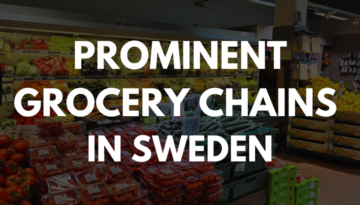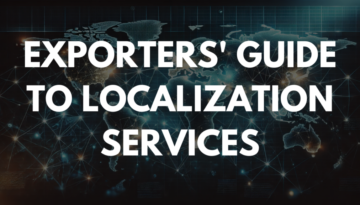Strategic Expansion into the Nordic Beauty Market: Key Insights
The Nordic region offers a prime opportunity for expansion for Nordic Beauty Market brands seeking to expand their reach and connect with a new customer base. This region, comprising five countries—Sweden, Norway, Denmark, Finland, and Iceland—boasts a population known for their distinct consumer preferences and unique skincare routines. The Faroe Islands, part of the broader […]










